Cookbooks
Cookin’ With Dr. Pepper
Take pretty much any recipe. Add Dr. Pepper to it. And then you're "Cookin' With Dr. Pepper".Full text available at the Internet Archive.

Posted By: Alex - Tue May 07, 2024 -
Comments (2)
Category: Cookbooks
Futurist Cuisine
The Italian Futurist movement, like the Surrealists, was fond of taking the piss out of traditional things. In 1930, they decided to overturn normal cooking and eating, publishing a MANIFESTO OF FUTURIST COOKING.Read about it at THE NEW YORKER.
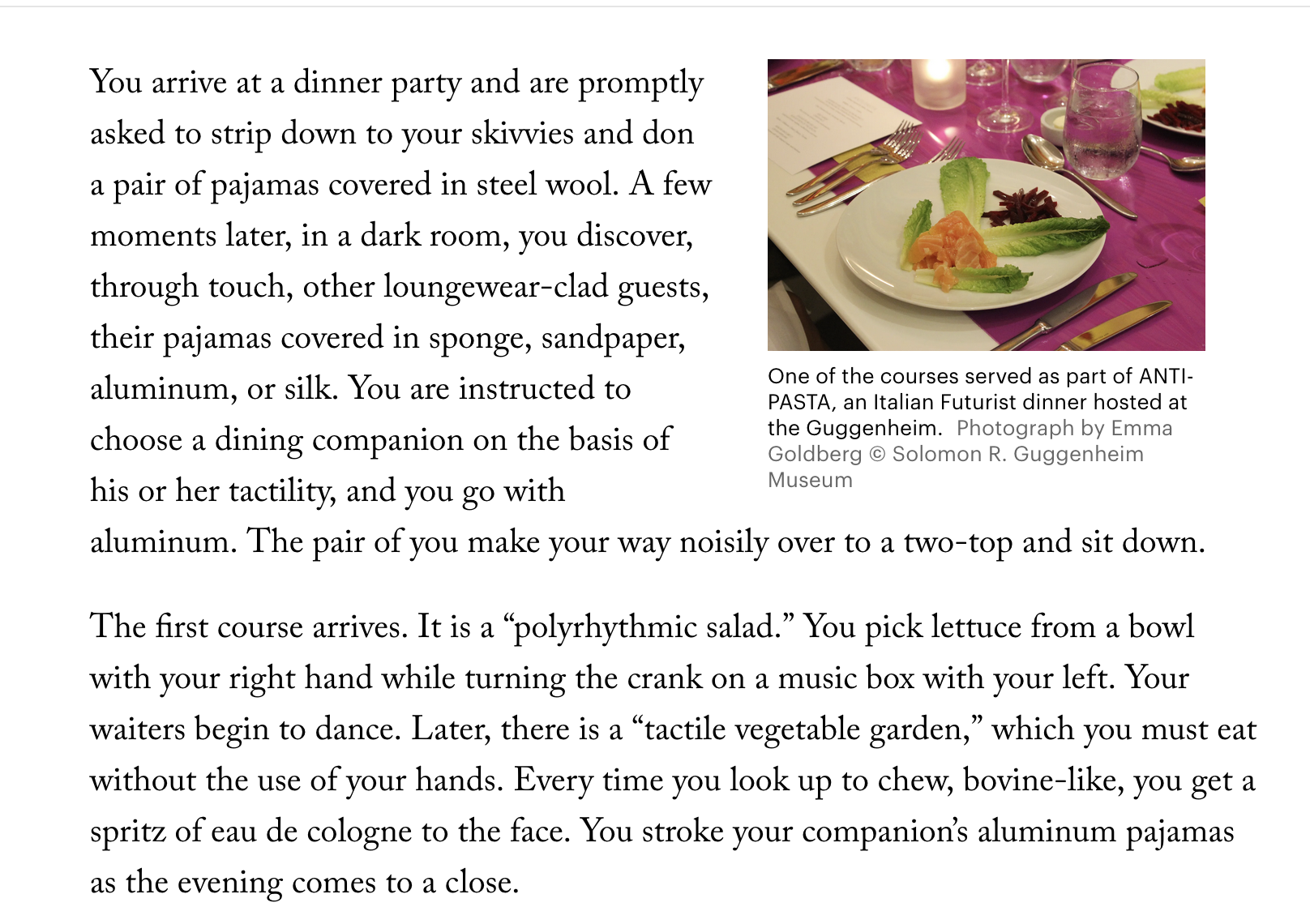
And here.
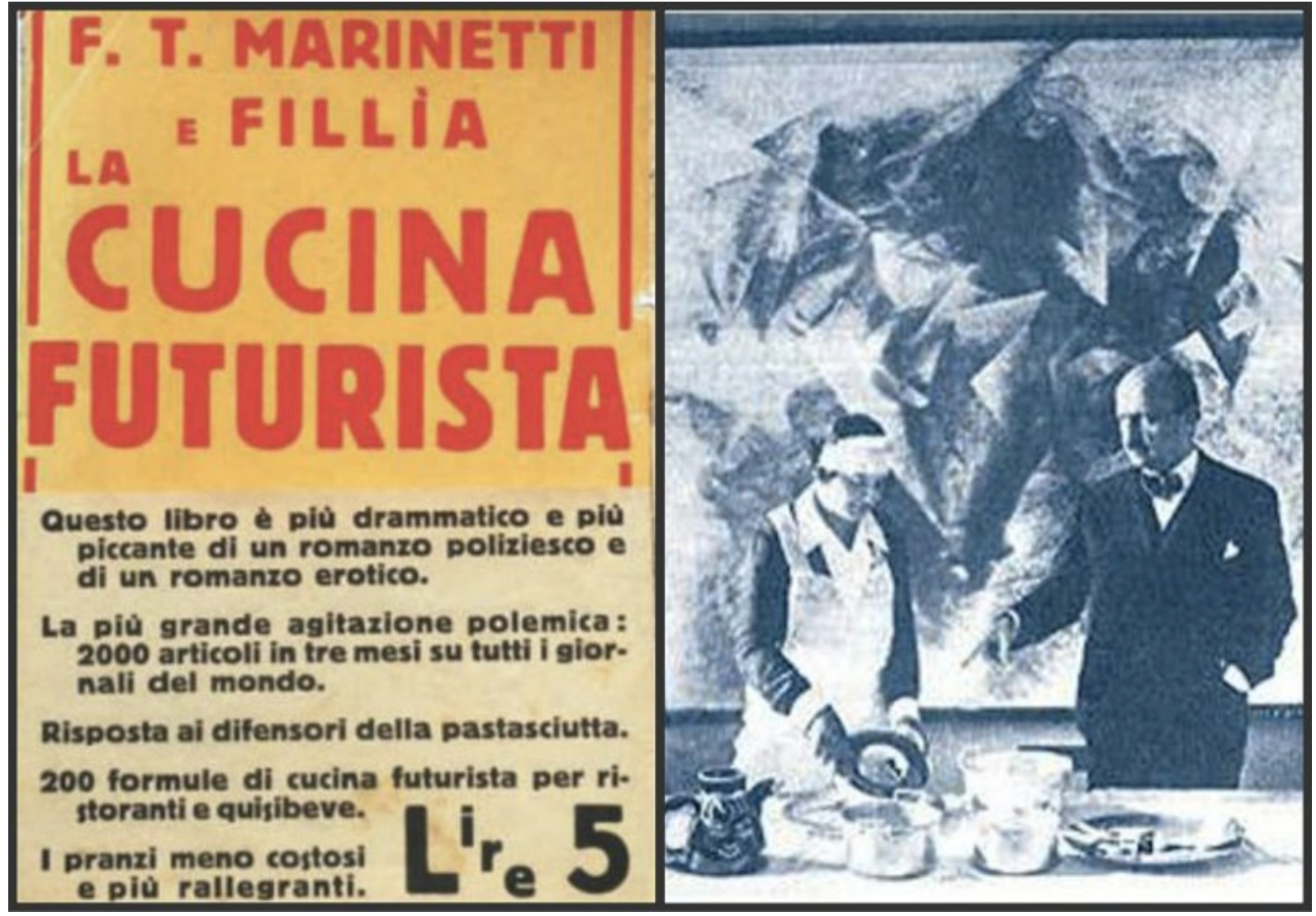
And here.

Posted By: Paul - Fri Jul 07, 2023 -
Comments (1)
Category: Food, Cookbooks, Surrealism, 1930s, Europe
Ann Wigmore’s Recipes for Longer Life
Ann Wigmore believed that the secret to good health and a long life was eating 1) a lot of wheatgrass and 2) only raw food. If those appeal to you, you'll find lots of recipes in her cookbook below, Recipes for Longer Life (published in 1978, available at archive.org).Wikipedia says that she lived to be 84, which is a relatively long life, but not remarkable. She died of smoke inhalation from a fire. So maybe she would have lived much longer if not for that bad luck?
Wikipedia also says, "many of her claims were denounced as quackery, and her qualifications were never confirmed to be genuine."
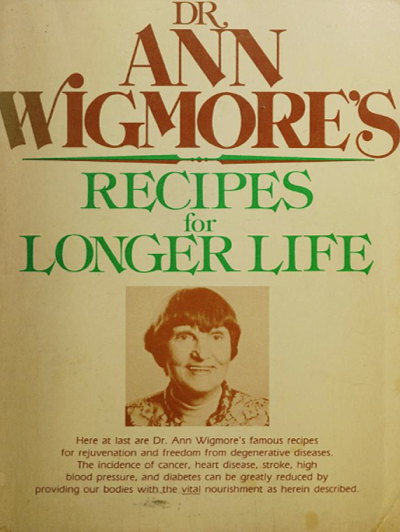
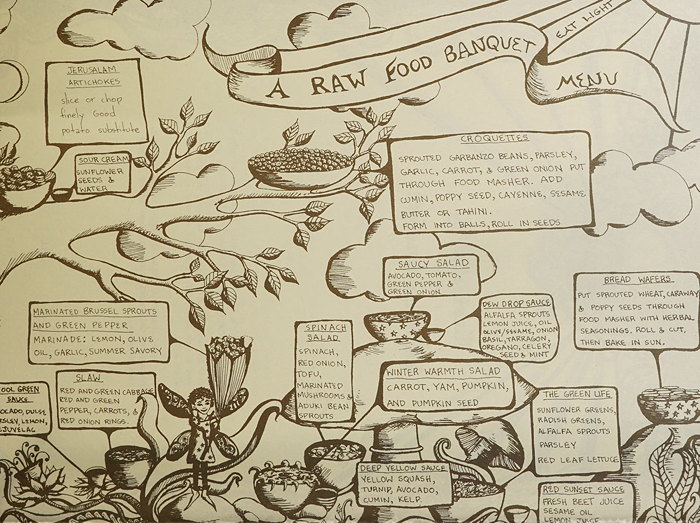
I guess she wasn't keen on melons: "eat them alone or leave them alone".

Posted By: Alex - Fri Jun 16, 2023 -
Comments (3)
Category: Food, Cookbooks, Patent Medicines, Nostrums and Snake Oil, Dieting and Weight Loss
Viva Les Crepes
Released in 1971, this album taught you how to cook crepes. Unfortunately I can't find any audio clips of it online. From the album cover: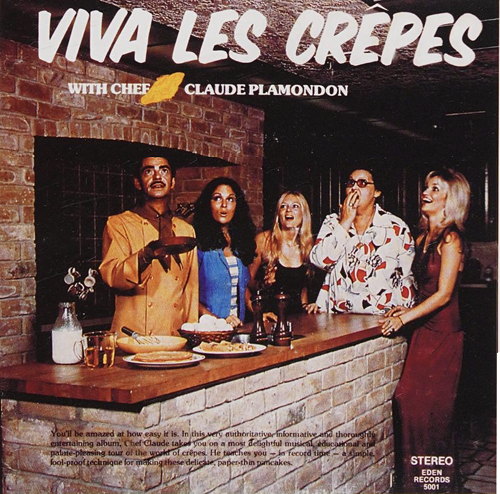
Some more info from the Louisville Courier-Journal (Dec 27, 1978):
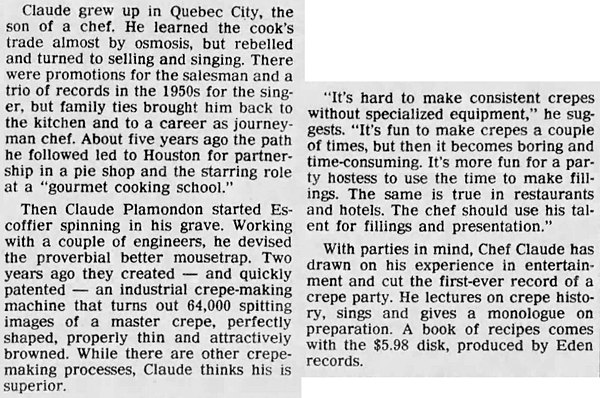
Posted By: Alex - Wed Mar 22, 2023 -
Comments (0)
Category: Food, Cookbooks, 1970s
48 Famous Sardine Meals
I accept that there are famous chicken, beef, and pork meals. There are famous fish meals as well (such as fish and chips). But famous sardine meals? Even after looking through the recipe book below (available via archive.org), I'm not convinced there are any.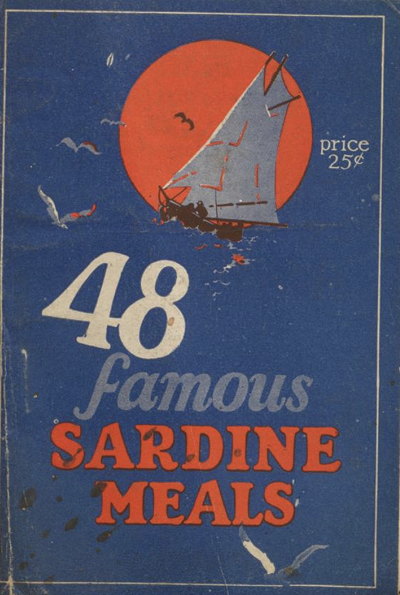
Also, the book only lists 38 recipes. Either the authors didn't think anyone would actually count, or the archived copy has pages missing. The pages aren't numbered, so hard to know which is the case.
- Sardines in the blazer
- Sardines on brown bread toast
- Sardines with anchovy sauce
- Sardine canape
- Sardines a la steensan
- Creamed sardines
- Sardines fried in batter
- Grilled sardines
- Sardine snacks
- Sardine and asparagus timbales
- Hot sardine rolls
- Mystery sandwiches
- Sartuna sandwich
- Sardine kedgerel
- Sardines "my own"
- Fried sardines
- Stuffed tomatoes
- Pilchered eggs
- Sardines lyonnaise
- Virginian sardine sandwiches
- Sardine salad en mayonnaise
- Hot sardine sandwich
- Broiled sardines
- Sardine relish
- Curried sardines
- Sardine croquettes
- Baked sardines
- Broiled sardines
- Sardine salad
- Sardine and olive sandwiches
- Sardine cocktail
- French toasted sardines
- Devilled sardines
- Japanese salad
- Pickled sardines
- Mayonnaise dressing
- Thousand island dressing
- Sour cream dressing
Note: my wife says that 'sardines on toast' is quite famous in Britain. So my lack of sardine awareness probably represents an American bias.
Posted By: Alex - Fri Mar 10, 2023 -
Comments (3)
Category: Food, Cookbooks
Casseroles I Have Known
For some reason, this 1973 cookbook sounds rather melancholy.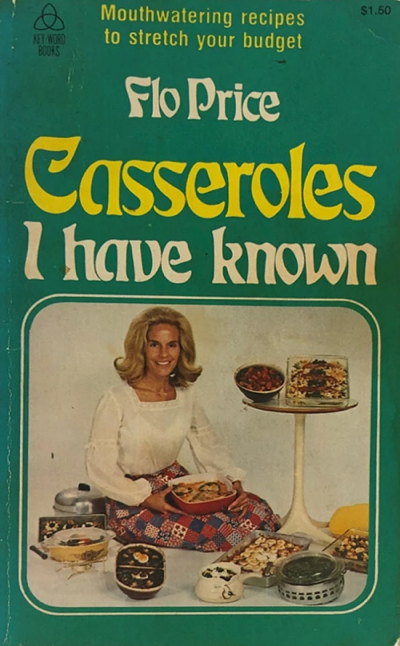
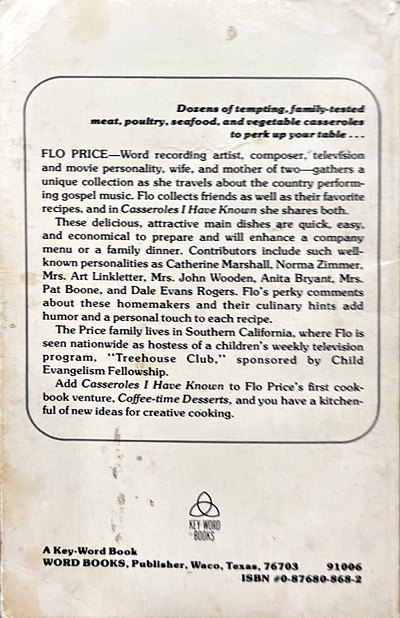
Posted By: Alex - Thu Jan 19, 2023 -
Comments (3)
Category: Cookbooks, 1970s
The Prima Diner
Dinner ain't over till the fat lady bakes!Read it here.
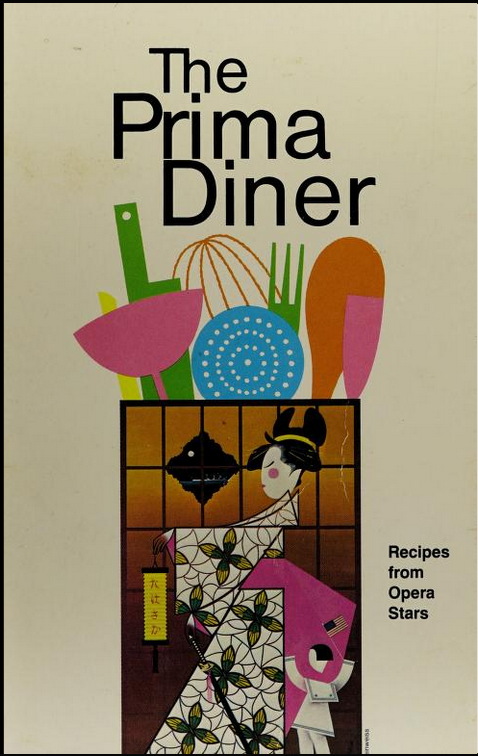
Posted By: Paul - Sun Jan 15, 2023 -
Comments (0)
Category: Food, Cookbooks, Music, 1980s
The Good Book Cookbook
Not a lot of nouvelle or fusion or fast-food cuisine in this volume. (Read it here.)I did a search for "locusts" within the book, but no recipes, with honey or otherwise. However, you can source them here, at Biblical Protein.

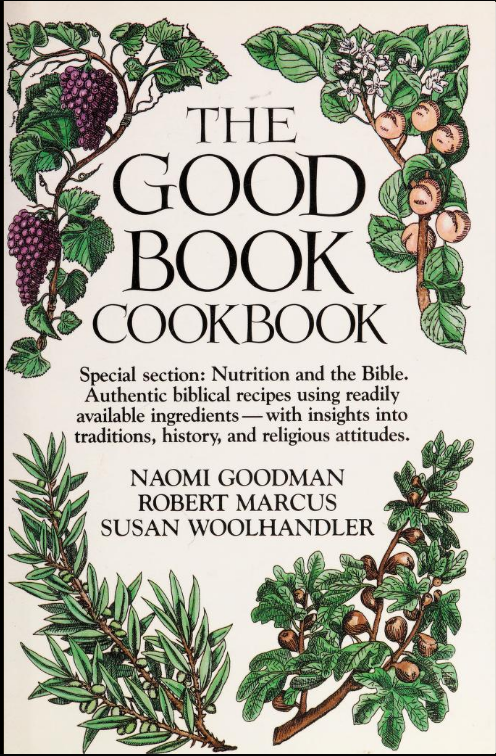
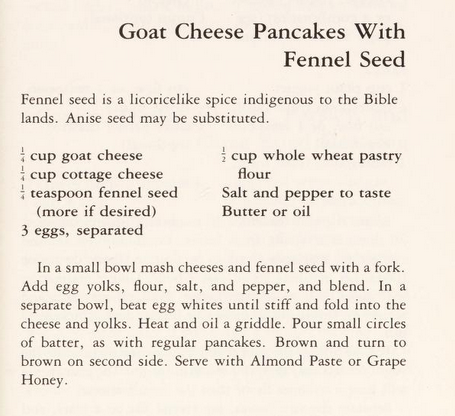
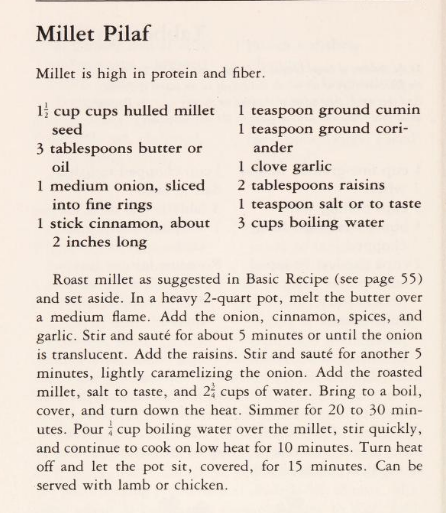
Posted By: Paul - Wed Jun 22, 2022 -
Comments (0)
Category: Food, Nutrition, Cookbooks, Religion, 1980s
Cooking for Witches
Read it here. Samples below.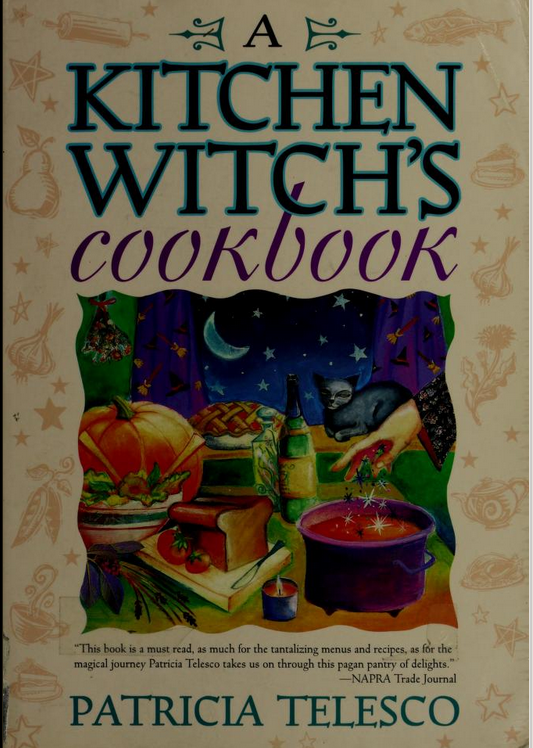
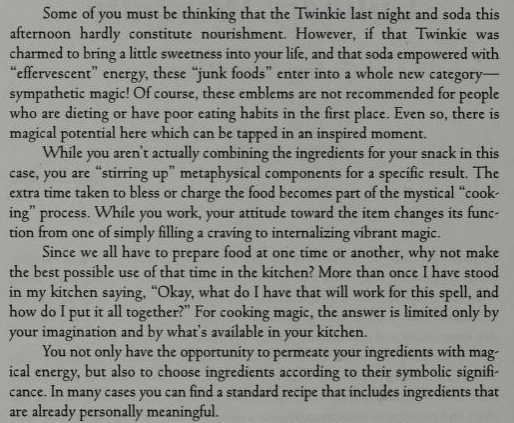
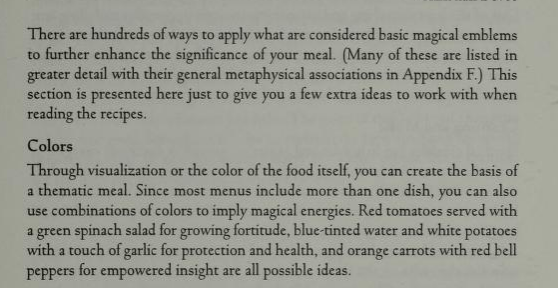
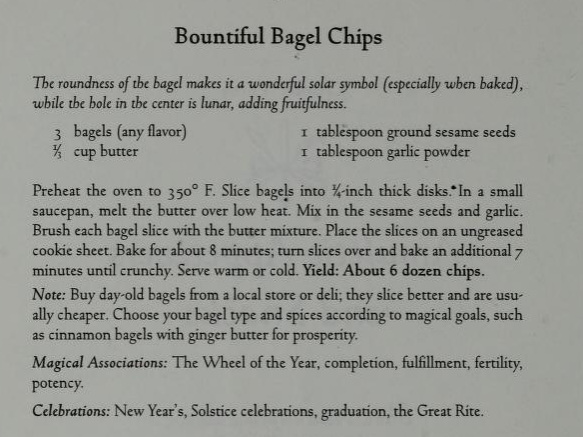
Posted By: Paul - Thu Feb 03, 2022 -
Comments (2)
Category: Domestic, Food, Cookbooks, Supernatural, Occult, Paranormal
Psychic Delights Cookery
Read it here.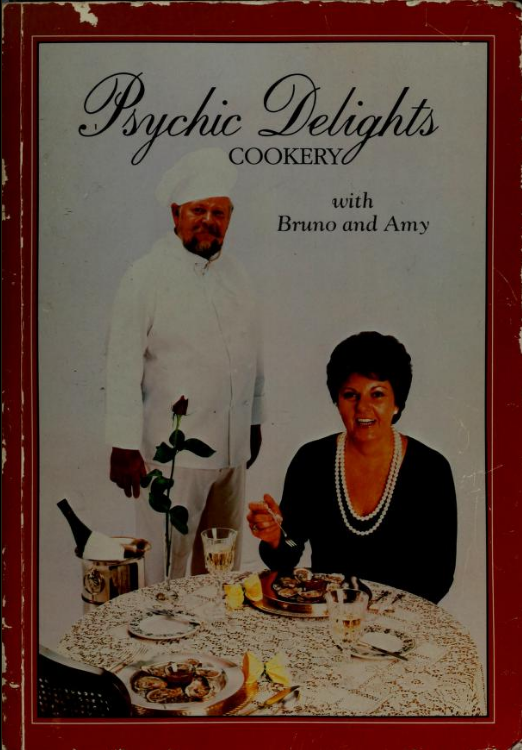
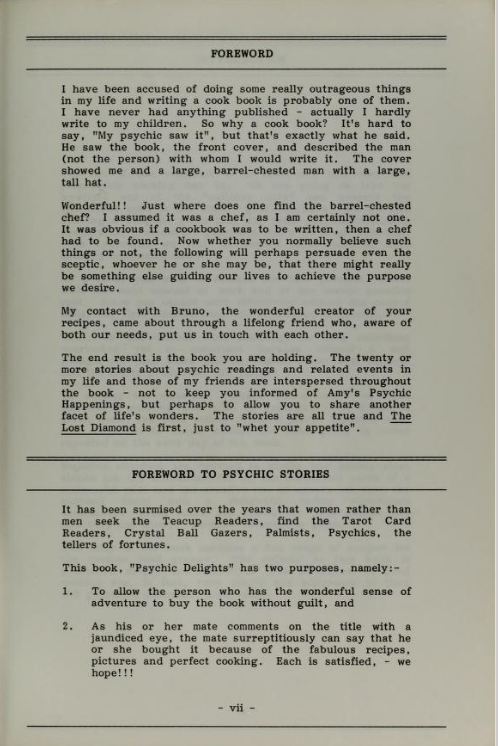
Posted By: Paul - Mon Dec 20, 2021 -
Comments (1)
Category: Supernatural, Occult, Paranormal, Cookbooks, 1980s

| Who We Are |
|---|
| Alex Boese Alex is the creator and curator of the Museum of Hoaxes. He's also the author of various weird, non-fiction, science-themed books such as Elephants on Acid and Psychedelic Apes. Paul Di Filippo Paul has been paid to put weird ideas into fictional form for over thirty years, in his career as a noted science fiction writer. He has recently begun blogging on many curious topics with three fellow writers at The Inferior 4+1. Contact Us |




